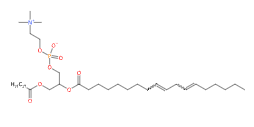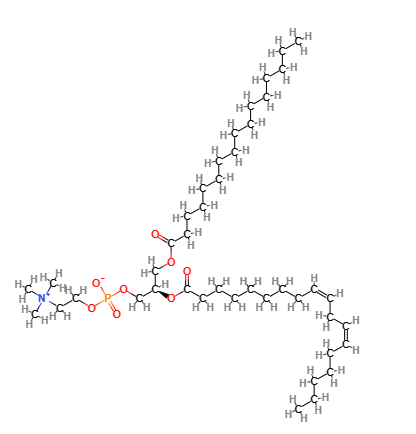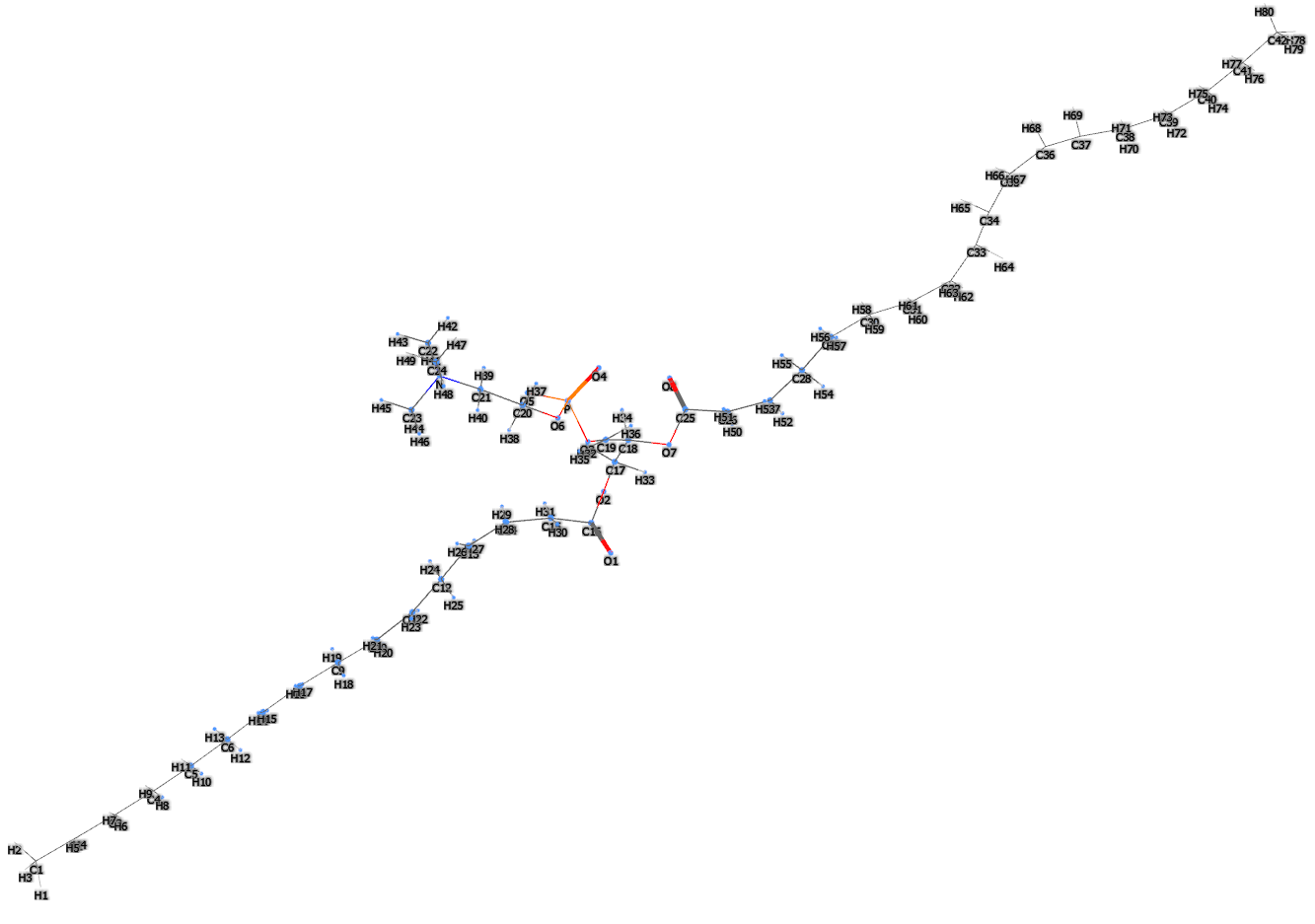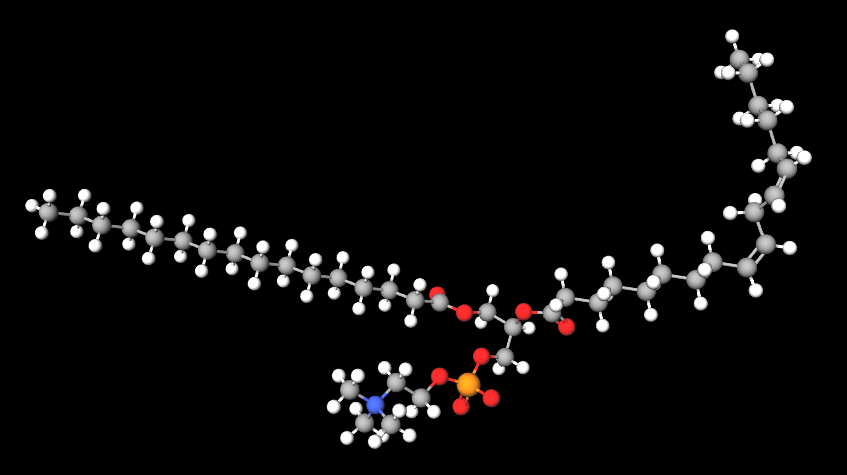Check the ingredients!
... live healthy!


| "Descrizione" by admin (19362 pt) | 2024-Sep-23 16:59 |
Lecithin (Soybeans) refers to a mixture of phospholipids derived from the processing of soybeans. The name "soy lecithin" provides information about the source and nature of the compound:
Thus, soy lecithin is a complex mixture of phospholipids, glycolipids, triglycerides and other compounds, which is extracted from soybeans.
Soy lecithin is composed of
The synthesis process takes place in different steps:

It appears in the form of a yellowish powder.

What it is used for and where
Soy lecithin is commonly used as an emulsifier in a wide range of foods and also has applications in the pharmaceutical and cosmetic industries.
Food
Soy lecithin is a food additive with the function of an emulsifying and stabilising agent, listed as E322 on the European food additives list.
Its food applications are varied: from chocolate to sweets from the bakery to generic foods.

Here is a list of the main applications:
Because of this wide availability, soy lecithin can be used as a substitute for rapeseed lecithin and sunflower lecithin.
Medical
Soy Lecithin has many healthy uses in the food and medical sectors.
In the food sector it is an emulsifier.
In medicine it has been found to be beneficial for human health:
Cosmetics
 |  |
 |  |
The most relevant studies on this ingredient have been selected with a summary of their contents:
References________________________________________________________________________
(1) Ipatova OM, Prozorovskaia NN, Torkhovskaia TI, Baranova VS, Guseva DA. Biologicheskaia aktivnost' soevykh fosfolipidov [Biological effects of the soybean phospholipids]. Biomed Khim. 2004 Sep-Oct;50(5):436-50. Russian.
Abstract. Soyabean phospholipids, particularly commercial lecithin, are now widely used as biological active food additives. Mechanisms of their activities are based mainly on their similarity with ow phospholipids of biomembranes and blood lipoproteins. The similarity allows the inclusion of plant phospholipids into these structures and promotes prevention of number of pathological processes. Soybean phospholipids have a wide range of biochemical and physical effects. Lecithin complex is the source of easily accessible linoleic acid, choline and inositol. Lecithin plays a notable role as synergist for antioxidants also. The proven health benefits which can be achieved by taking soybean phospholipids include lipid-lowering; control of blood levels of cholesterol and triglyceride, stabilisation of the membrane functions, supporting the hepatic functions. Structure, some physico-chemical properties and metabolism of phospholipids, and molecular mechanisms of their prophylactic effects are briefly reviewed.
(2) Spilburg CA, Goldberg AC, McGill JB, Stenson WF, Racette SB, Bateman J, McPherson TB, Ostlund RE Jr. Fat-free foods supplemented with soy stanol-lecithin powder reduce cholesterol absorption and LDL cholesterol. J Am Diet Assoc. 2003 May;103(5):577-81. doi: 10.1053/jada.2003.50110.
Abstract. Objective: The objective of this work was to show that fat-free, lecithin-formulated soy stanols lower cholesterol absorption and serum LDL cholesterol.... Results: Stanol-lecithin reduced cholesterol absorption by 32.1% (P=.0045, n=10) and by 38.2% (P=.0022, n=11) when delivered in a lemonade-flavored beverage and in egg whites, respectively. Reduction in cholesterol absorption was strongly related to the initial level of absorbed cholesterol tracer in serum (r(s)=-0.739). Stanol-lecithin given in a beverage reduced total serum cholesterol by 10.1% (P=.0019, n=24) and LDL cholesterol by 14.3% (P=.0016, n=24). Applications/conclusions: Powdered soy stanol-lecithin lowers cholesterol absorption and LDL cholesterol when consumed in fat-free foods.
(3) Suzuki S, Yamatoya H, Sakai M, Kataoka A, Furushiro M, Kudo S. Oral administration of soybean lecithin transphosphatidylated phosphatidylserine improves memory impairment in aged rats. J Nutr. 2001 Nov;131(11):2951-6. doi: 10.1093/jn/131.11.2951.
Abstract. Soybean lecithin transphosphatidylated phosphatidylserine (SB-tPS) was prepared from soybean lecithin and L-serine by a transphosphatidylation reaction, and its effect on age-related memory impairment was evaluated in rats by the Morris water maze test. Continuous oral administration of SB-tPS (60 mg x kg(-1) x d(-1) for 60 d) to male aged rats (24-25 mo) significantly improved performance in the water maze escape test (P < 0.01 vs. control aged rats) similar to bovine brain cortex-derived phosphatidylserine, which restores cognitive function in patients with senile dementia. SB-tPS also increased acetylcholine release and the Na(+), K(+)-ATPase activity of the synaptosomes prepared from these aged rats to the level in young rats. The nootropic actions of SB-tPS in the present study can be partly explained by the changes in these biochemical activities.
| Evaluate |